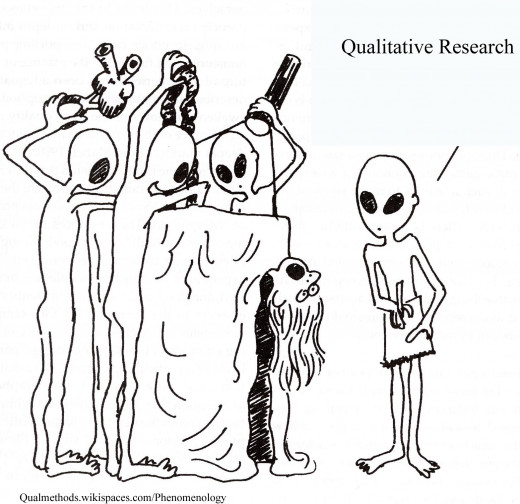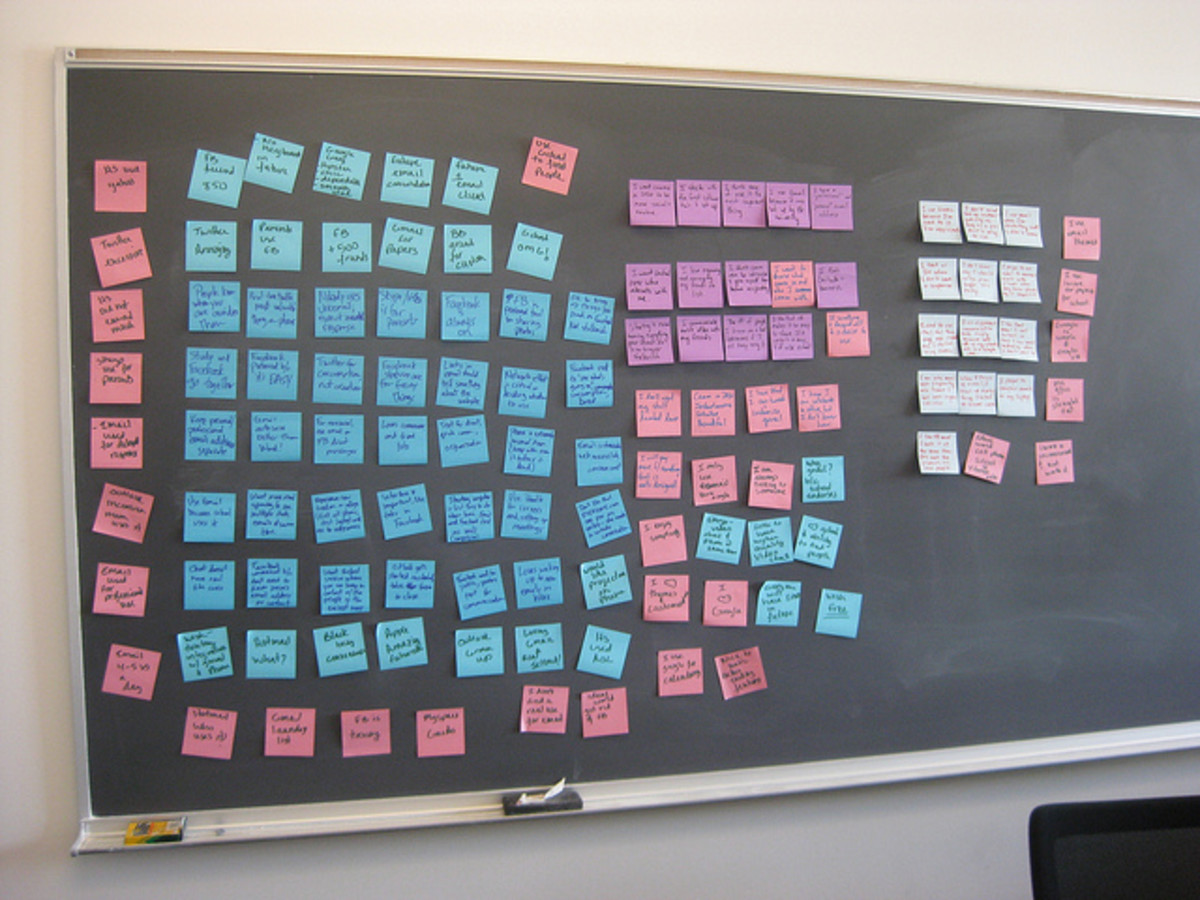A Review: 'Promiscuous Analysis in Qualitative Research'

Intro
Source
Childers, Sara M.
2014 Promiscuous Analysis in Qualitative Research. Qualitative Inquiry 20: 819-826.
Key Words
Promiscuous analysis, materiality, qualitative research, Critical Race Theory, Foucault
Methods
The author used interviews, focus groups, and multiple kinds of data collection including gathering relevant policies, curriculums, etc., in compiling what amounted to over 100 pages of field notes and over 80 hours of audio recordings while studying an urban school in an impoverished area for a period of two years. ‘Grounded theory, situational analysis, pleated texts, rhizomatics, policy analysis, and discourse analysis’ as well as other theoretical approaches were mentioned as ‘flexible tools’ by the author, who engaged in what she refers to as ‘promiscuous’ analysis which does not situate itself in any ‘right’ way of researching. The author’s work reflects the critical and interpretive paradigms, post-structuralism and Critical Race Theory.
Summary
Childers begins by laying out the promiscuous nature of her research approach to her study of an urban school, stating that by promiscuous she means research that defies boundaries, norms, and ritualized procedural correctness. The researcher familiarized herself with the school and individuals within it beginning two years prior to the commencement of the research. The original impetus of the study was to investigate the ways in which the school had managed to bypass much of the ‘constraining effects’ of educational policies in order to insure the success of its students. However the researcher found in the course of her initial involvement with the research site that the students were divided among the different curriculum tracks in a ‘racially stratified’ way. Rather than finding the students evenly distributed among the three curriculum tracks, the predominantly African American student body was over-represented in the curriculum track perceived as ‘less challenging’, while the more rigorous tracks were mainly white. This led the researcher to alter her intended research path.
Childers writes that promiscuous analysis is a ‘material’ practice, meaning that the physical handling of the research materials in itself is part of the process of structuring the researcher’s thinking regarding the study. The author goes on to explain that the materiality of the urban school, which she describes as in a state of disrepair, helped define her research agenda. She writes that the African American students at the school have been ‘tattooed’ by culture to embody lack of opportunity, lack of cultural engagement, and lack of achievement – what she terms ‘deficit discourses’. The school building also mirrored this reality. She writes that she was committed to a post-structural approach, since the world she was studying was incomplete, contextual, and spanned by lines of power and difference. She explains how she initially intended to follow Foucault’s ideas of power relations in examining her research site, yet she found that some aspects of the place were too racially charged for that approach alone to do justice to the inequalities she perceived. For this reason, and because she thought it ‘ethically necessary’, Childers opted for Critical Race Theory as a way to explore the materiality of racial disadvantage in the urban school through the ‘intersection of race and property’. However, CRT had shortcomings when it came to fluid notions of race in individuals who negotiated their identities and continuously sought to define themselves. Childers ended up using a combination of the post-structuralist and Critical Race Theory approaches, finding that in the intersection of these was a ‘promiscuous’ double framework that encompassed all aspects of the issues she wanted to explore. The author used CRT to analyze the historical attachment of ‘deficit thinking’ which permeates thinking about African American students in official reports on education, and Foucault’s power relations to identify the patterns of deficit discourse embedded in material practices and material bodies of the educational setting. She found socially-produced discourse that labeled students of color with terms such as ‘deficit’ and ‘lack’. Potential of achievement in these labeled individuals was interpreted through this matrix of class, race, and the associated deficit discourse. Thus counselors at the school were found to counsel students of color away from the curriculums seen as more challenging. Childers even found that when a teacher tried to upset the norm and recruit students of color for his AP classes that the process was conducted within the deficit discourse, negating its ‘apparent positivity.’
Childers concludes that promiscuous analysis has the potential to overthrow the ‘hegemony of systematicity and overcoded conventions’. She found through her work at the school that a researcher who allows him or herself to be hemmed in by the strictures of a theoretical approach misses out on the promiscuous nature of the reality being studied, which never fits neatly into the confines of a single paradigm.

Analysis
Childers’ use of multiple angles of approach is inspiring as it makes it apparent that the author is intent on revealing aspects of the research setting which no single theoretical paradigm can adequately cover. Her method of allowing post-structuralism and Critical Race Theory to intertwine for the purpose of elucidating the fullest possible explanation of the deficit discourse and its effects on the urban school she studied in laudable. Nevertheless, I found her over-reliant on the lyrical explanation of her logic behind the decision to be promiscuous in her research approach. She spends a lot of words turning phrases meant to convey justification of her approach, though in some cases her eloquence undermines the sense of validity in her approach. Despite this preponderance of artfulness in what might have been a clean delineation of a research paradigm, the researcher manages to awaken the reader to the possibilities of such a fluid use of research strategies. If a single overarching paradigm influences the entire article, it is the critical paradigm, by which I mean the way Childers intends to disrupt the ‘hegemony of systematicity’ and the strictures of rigidity associated with following a particular research approach. Childers critiques the inability of any single theory or paradigm to deal with the messiness of the real world, and describes her own process of cobbling together a methodology better suited to the task.
Further Reading
Bell, D. A.
1995 Serving two masters: Integration ideals and interests in school desegregation litigation. In K. Crenchshaw, N. Gotanda, G. Peller, & K. Thomas (Eds.), Critical race theory: The key writings that formed the movement (pp. 5-19). New York, NY: New Press.
Childers, S. M.
2011 Getting in trouble: Feminist postcritical policy ethnography in an urban school. Qualitative Inquiry, 17: 345-354.
Childers, S. M.
2012 Against simplicity, against ethics: Analytics of disruption as quasi-methodology. Qualitative Inquiry, 18: 752-761.
Childers, S. M.
2013 The materiality of fieldwork. International Journal of Qualitative Studies in Education, 26: 599-609.
Childers, S. M., Daza, S., & Rhee, J.
2013 Promiscuous use of feminist methodologies: The dirty theory and messy practice of feminist educational research beyond gender [Special issue]. International Journal of Qualitative Studies in Education, 26: 507-523.
Foucault, M.
1980 Power/knowledge: Selected interviews and other writings 1972-1977. New York, NY: Pantheon Books. (Original work published 1972)
Hekman, S.
2010 The material of knowledge: Feminist disclosures. Bloomington: Indiana University Press.
Jackson, A. Y., & Mazzei, L.
2012 Thinking with theory in qualitative research: Viewing data across multiple perspectives.
New York, NY: Routledge.










